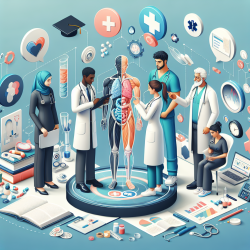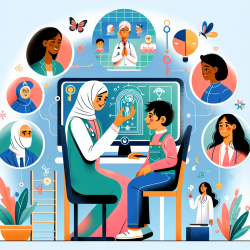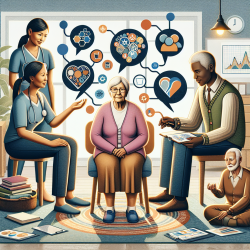Introduction
Interprofessional education (IPE) has emerged as a transformative approach in healthcare education, fostering improved communication, collaboration, and coordination of care. The research article, "Interprofessional education development: not for the faint of heart," outlines critical lessons learned from implementing an Interprofessional Longitudinal Clinical Experience (ILCE) involving nursing, medicine, and physician associate students. This blog explores how practitioners can enhance their skills by applying these insights and encourages further exploration into IPE.
Key Lessons for Practitioners
The research highlights several lessons that can guide practitioners in improving their interprofessional skills:
- Pilot, Evaluate, and Refine: Practitioners should embrace a pilot approach to test and refine interprofessional projects. This iterative process ensures that initiatives are effective and meet the needs of all stakeholders.
- Create a Formal Structure: Establishing a structured organizational framework with equal representation from all professions is crucial. This ensures shared goals and responsibilities, fostering a collaborative environment.
- Involve Passionate Faculty: Success in IPE requires faculty who are passionate and committed to the cause. Practitioners should seek out and collaborate with such individuals to drive interprofessional initiatives forward.
- Recognize Power Dynamics: Understanding and addressing power struggles and biases are essential. Practitioners must work towards leveling professional hierarchies and promoting equitable team dynamics.
- Overcome Logistical Challenges: Practitioners should anticipate and address logistical barriers, such as scheduling conflicts and resource allocation, to ensure smooth implementation of interprofessional curricula.
Encouraging Further Research
While the research provides valuable insights, practitioners are encouraged to delve deeper into the field of IPE. Exploring additional studies and resources can enhance understanding and application of interprofessional principles in various healthcare settings. Engaging in conferences, webinars, and networking opportunities can also provide fresh perspectives and innovative ideas.
Conclusion
Interprofessional education is not just an academic endeavor but a practical approach to improving healthcare outcomes. By implementing the lessons learned from the research, practitioners can enhance their skills, foster collaboration, and ultimately contribute to better patient care. For those interested in exploring the original research paper, please follow this link: Interprofessional education development: not for the faint of heart.










